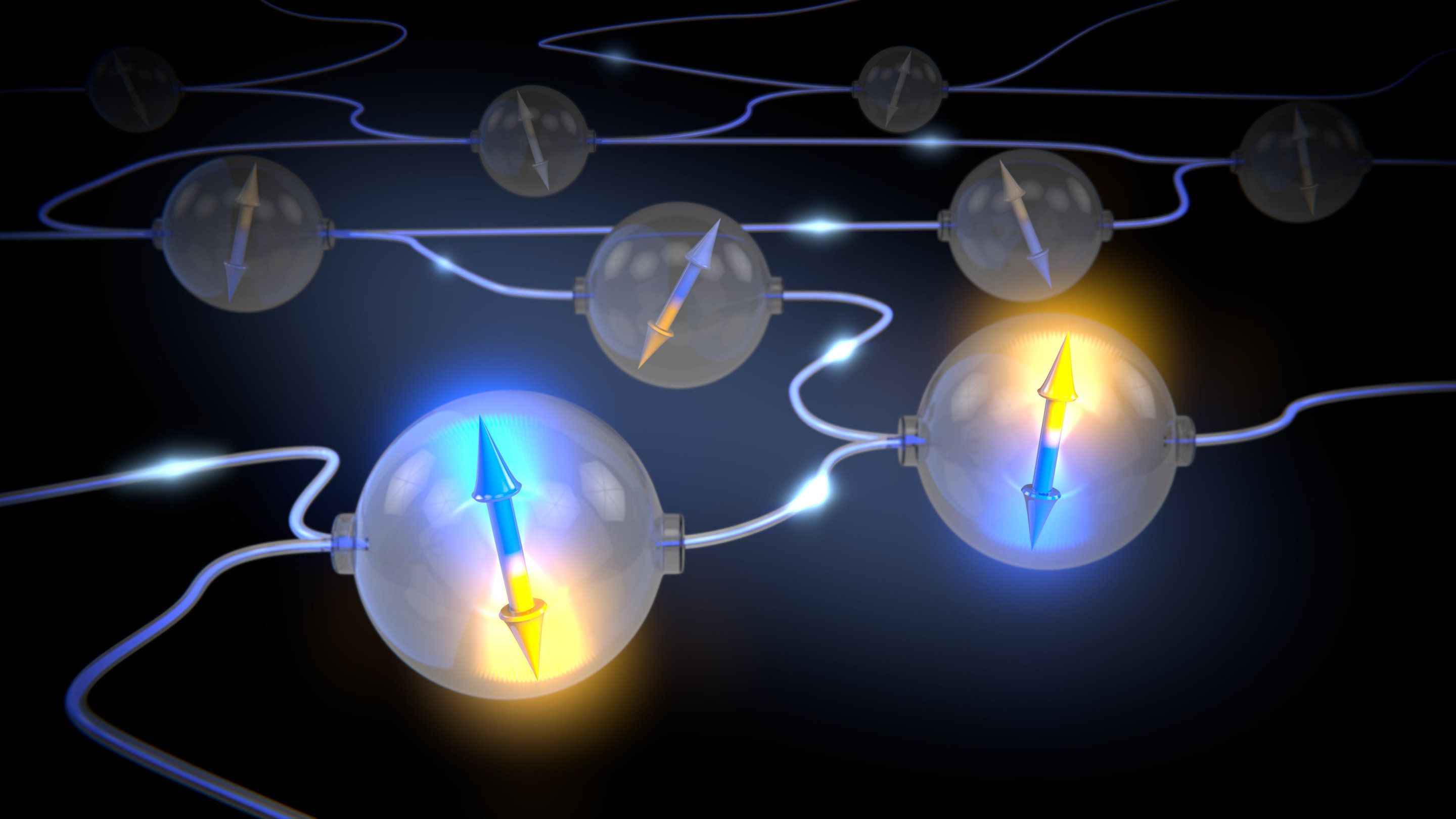Page 9959
Jun 14, 2018
Hover camera follows you and takes selfies
Posted by Shailesh Prasad in categories: drones, electronics

This flying camera drone will put your selfie skills to shame. Buy it here: https://amzn.to/2xvPgDp
Jun 14, 2018
This Device Could Produce Unlimited Clean Energy
Posted by Shailesh Prasad in category: energy
Jun 14, 2018
Help Wanted: An Engineer to Build SpaceX’s Rocket to Mars
Posted by Genevieve Klien in categories: Elon Musk, space travel
The BFR spaceship that Elon Musk wants to build for carrying mankind to Mars and beyond has posted its first job listing for an engineer.
Jun 14, 2018
How Ada Lovelace’s notes on the Analytical Engine created the first computer program
Posted by Genevieve Klien in category: computing
She may be one of the most famous women in science history, but what is it that Augusta Ada King, Countess of Lovelace achieve to gain such eminence?
Jun 14, 2018
We have hints of a theory beyond quantum physics
Posted by Genevieve Klien in category: quantum physics
If you think our best theory of reality is weird you ain’t seen nothing yet, says physicist Ciarán Lee – it could be a fuzzy version of something bigger.
By Ciarán Lee
I HAVE a confession to make: I’m bored of quantum mechanics. This is an odd thing for a physicist to admit, but the most successful theory of modern physics has started to leave me cold. Perhaps I have just grown too used to its spooky predictions and its love of randomness. Or it might be the fact that, despite its many successes and the way it has captured popular imagination, there are hints that quantum mechanics isn’t as accurate a picture of reality as some would have you believe.
Continue reading “We have hints of a theory beyond quantum physics” »
Jun 14, 2018
Scientists Investigate Bacteria That Could Make Oxygen for Future Martians
Posted by Genevieve Klien in categories: energy, space
Between the dust storms, thin atmosphere, and frigid temperatures, future Mars colonists are going to have it rough. But they won’t even get a chance to battle the Martian elements unless we figure out a way to supply them with life-giving oxygen. It may seem impossible to do so organically on the barren red planet, but a new Science paper suggests a single Earth organism might be able to do the trick.
In the paper, published Thursday, an international team of researchers report that cyanobacteria, a huge family of tiny organisms that thrive in extreme environments, show promise as oxygen sources for future Mars colonists. Because they are photosynthetic, cyanobacteria thrive on carbon dioxide and energy from the sun, burping up oxygen as a byproduct — just like plants. They’re the ideal fresh air source for Mars, as long as they don’t demand too much sunlight.
“This might sound like science fiction, but space agencies and private companies around the world are actively trying to turn this aspiration into reality in the not-too-distant future,” said study co-author and Australian National University Emeritus Professor Elmars Krausz, Ph.D., in a statement published Wednesday.
Continue reading “Scientists Investigate Bacteria That Could Make Oxygen for Future Martians” »
Jun 14, 2018
A Black Hole Has Been Shredding a Star Twice the Size of the Sun for 10 Years
Posted by Genevieve Klien in category: cosmology
Jun 14, 2018
Gene Therapy Repairs Spinal Cord Damage In Formerly Paralyzed Rats
Posted by Genevieve Klien in category: biotech/medical
A team of European scientists believes that their gene therapy research could prove to be a life-changing option for individuals who suffer from spinal cord injuries.
A research team from King’s College in London has taken a giant step toward helping paralyzed individuals regain “control of their hands.” In a recent experiment, the scientists have had success repairing spinal cord damage in rats using gene therapy.
The spinal cord is a cylindrical tube of nerve fibers and connected tissue that is enclosed within the spine. It carries instructions to virtually every part of the body, forming the central nervous system.
Continue reading “Gene Therapy Repairs Spinal Cord Damage In Formerly Paralyzed Rats” »
Jun 14, 2018
Scientists make first ‘on demand’ entanglement link
Posted by Genevieve Klien in categories: computing, internet, quantum physics
Researchers at QuTech in Delft have succeeded in generating quantum entanglement between two quantum chips faster than the entanglement is lost. Via a novel smart entanglement protocol and careful protection of the entanglement, the scientists led by Prof. Ronald Hanson are the first in the world to deliver such a quantum link on demand. This opens the door to connect multiple quantum nodes and create the very first quantum network in the world. Their results are published in Nature.
By exploiting the power of quantum entanglement, it is theoretically possible to build a quantum internet invulnerable to eavesdropping. However, the realization of such a quantum network is a real challenge—it is necessary to create entanglement reliably on demand, and maintain it long enough to pass the entangled information to the next node. So far, this has been beyond the capabilities of quantum experiments.
Scientists at QuTech in Delft have are now the first to experimentally generate entanglement over a distance of two metres in a fraction of a second, on demand, and theoretically maintain this entanglement long enough to enable entanglement to a third node. “The challenge is now to be the first to create a network of multiple entangled nodes—the first version of a quantum internet,” professor Hanson says.

















